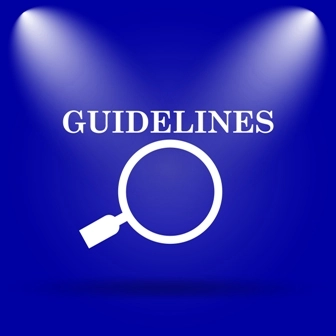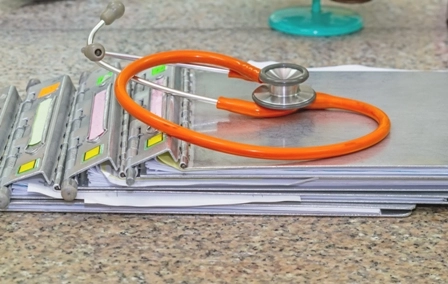EM Coding Alert
Documentation:
Answer These Questions, Receive a ROS Refresher
Published on Fri Aug 23, 2019

You’ve reached your limit of free articles. Already a subscriber? Log in.
Not a subscriber? Subscribe today to continue reading this article. Plus, you’ll get:
- Simple explanations of current healthcare regulations and payer programs
- Real-world reporting scenarios solved by our expert coders
- Industry news, such as MAC and RAC activities, the OIG Work Plan, and CERT reports
- Instant access to every article ever published in Revenue Cycle Insider
- 6 annual AAPC-approved CEUs
- The latest updates for CPT®, ICD-10-CM, HCPCS Level II, NCCI edits, modifiers, compliance, technology, practice management, and more
Related Articles
Other Articles in this issue of
EM Coding Alert
- Guidelines:
Take Time to Code Your E/M Encounters
Use this Definitive Guide for Time-Based Coding. Time-based E/M coding has always been the subject [...] - Check These 4 Examples of Appropriate Time-Based Coding Notes
If you’re just getting your feet wet with time-based E/M coding, check out these examples [...] - Prolonged Services:
Prolong Your Time-Based Coding Understanding
Location key to correct code choice. CPT® guidelines for reporting different kinds of prolonged services [...] - Documentation:
Answer These Questions, Receive a ROS Refresher
Find the right level for all your ED E/M encounters. Maybe your review of systems [...] - You Be the Coder:
Learn the Right Way to Report Prescription Refills
Question: Can you count a routine prescription refill as a moderate level of risk when [...] - Reader Question:
Think Global for Modifier Precision
Question: Our surgeon saw an established patient in the office to examine a third-degree burn on [...] - Reader Question:
Observe These Rules, Report Subsequent Care With Ease
Question: Our pulmonologist was called in to the hospital by the admitting doctor as a specialist [...] - Reader Question:
Know How to Determine Medical Necessity
Question: My practice has had a couple of claims denied. The payers said the services rendered [...]
View All




